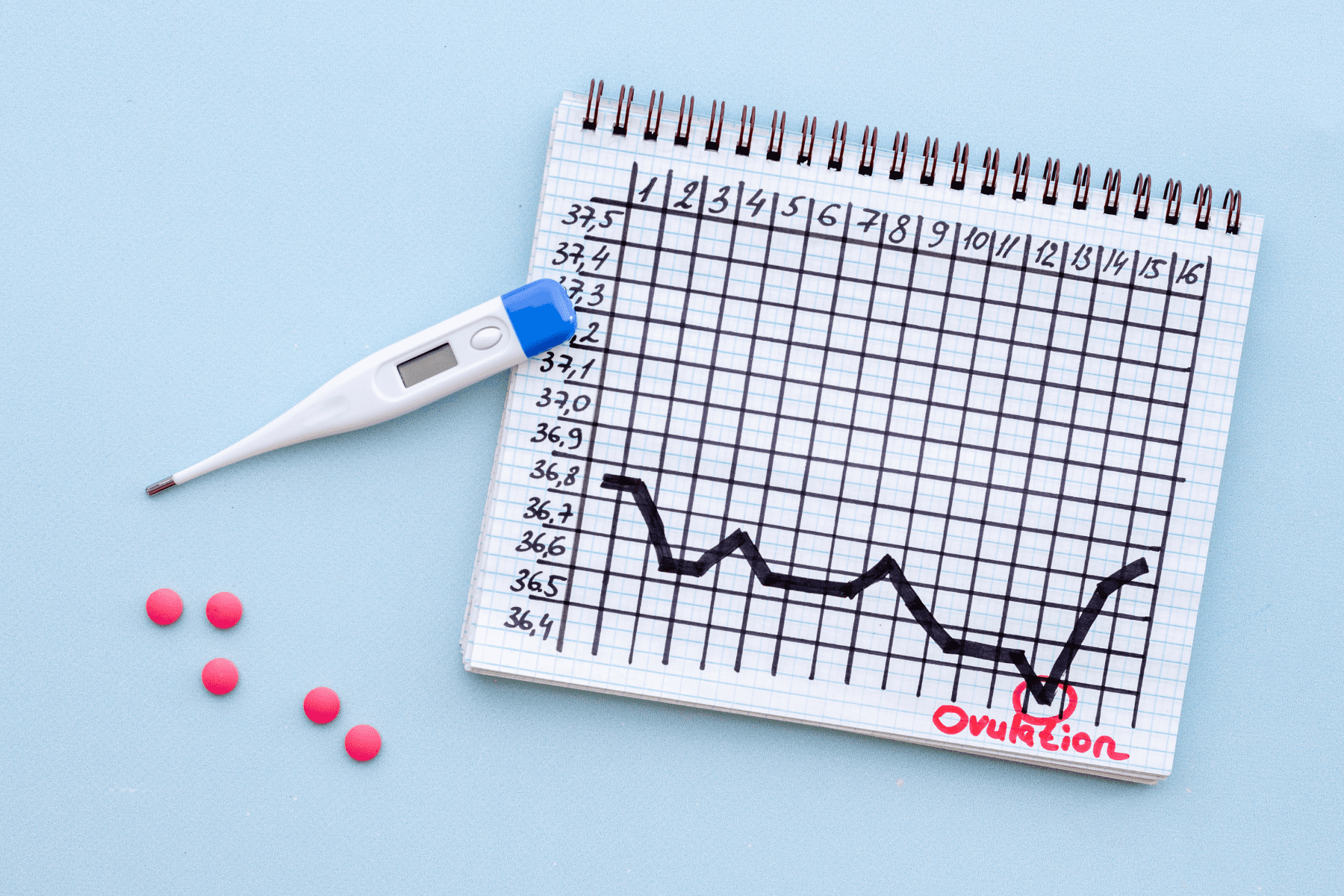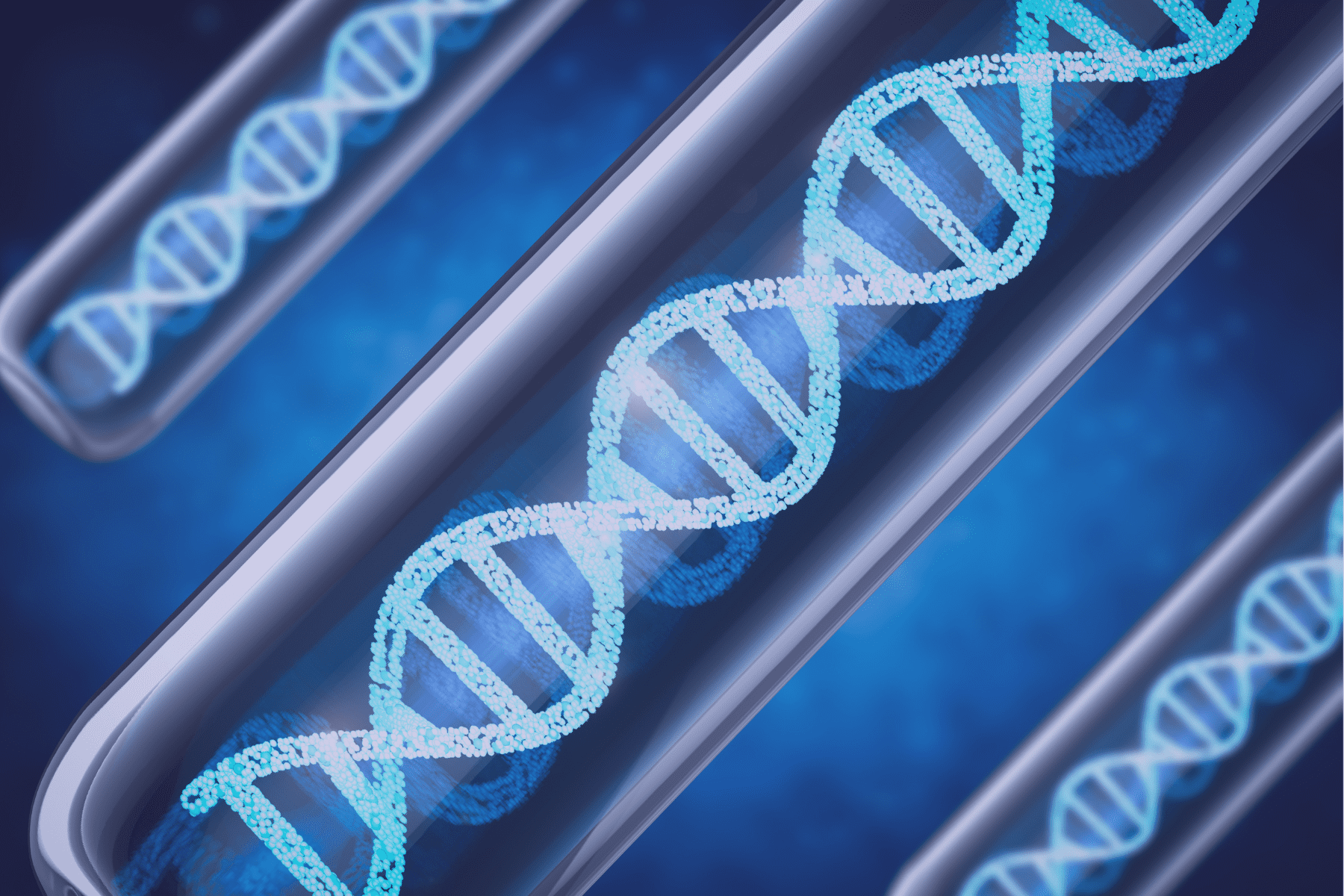These are the most common questions regarding semen analysis results:
Do all couples need a semen analysis?
Approximately 15% of couples are unable to conceive after one year of unprotected intercourse, and of these couples, a male-factor accounts for 40% of the problem. Because of the high prevalence of male Infertility, it is important to identify a problem early so that proper evaluation and treatment of the underlying condition can be optimally managed. A semen analysis should be part of the initial testing for a couple presenting with infertility.
What does the semen analysis tell us?
The proper abstinence period for a semen analysis is two to five days. The sample should be collected in a sterile container provided by the clinic and examined within one hour of collection. The volume of the sample should be at least 1.5ml with a count of at least 20 million/ml, at least 50% Motility and at least 30% normal Sperm Morphology or shape of the sperm.
These are the criteria for a normal semen analysis according to the World Health Organization. A more strict criteria for Sperm Morphology, often called Kruger’s or strict criteria, requires that at least 14% of the sperm are normal in shape. Sperm morphology specifically refers to the shape of the sperm, ideally with a single oval-shaped head, neck or midpiece and a single tail. A high percentage of abnormally shaped sperm may impair Sperm Morphology.
What are some reasons for an abnormal semen analysis?
If the semen analysis is abnormal, it should be repeated in two to four weeks since there can be variability between samples. If the semen analysis is abnormal, consultation from a male infertility specialist and further testing of the male partner may be warranted such as a physical exam, laboratory testing, Ultrasound of the testes, and other specialized test of the semen.
Possible causes include Varicocele, a dilation of the veins of the testes that may impair normal sperm function. Additionally, there may be abnormalities of the ejaculatory duct, genetic conditions, high or low levels of the hormones FSH and Testosterone, and antisperm antibodies.
Will I still be able to get pregnant with an abnormal semen analysis?
Due to advances in reproductive technology, there are options for treatment for men with an abnormal semen analysis. If the problem is an anatomic defect or varicocele, surgery may be recommended for correction. Intrauterine insemination is an easy office procedure where the most motile sperm can be placed in the uterus by inserting a small plastic catheter.
If the sperm count is very low, pregnancy is possible through vitro fertilization and directly injecting the sperm into the egg in the laboratory. The success rates with in vitro fertilization are increasing each year, and the pregnancy rates in young patients are well above 50 to 60% per attempt.
Medical contribution by Meike Uhler, M.D.
Dr. Uhler feels fortunate to play a role in this stage of her patients’ lives. Her research interests focus on the evaluation and treatment of infertility, as well as raising fertility awareness in the general population.







